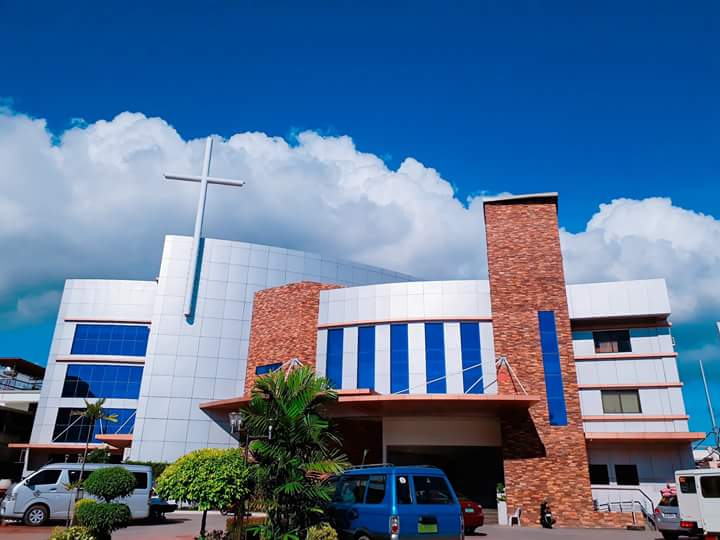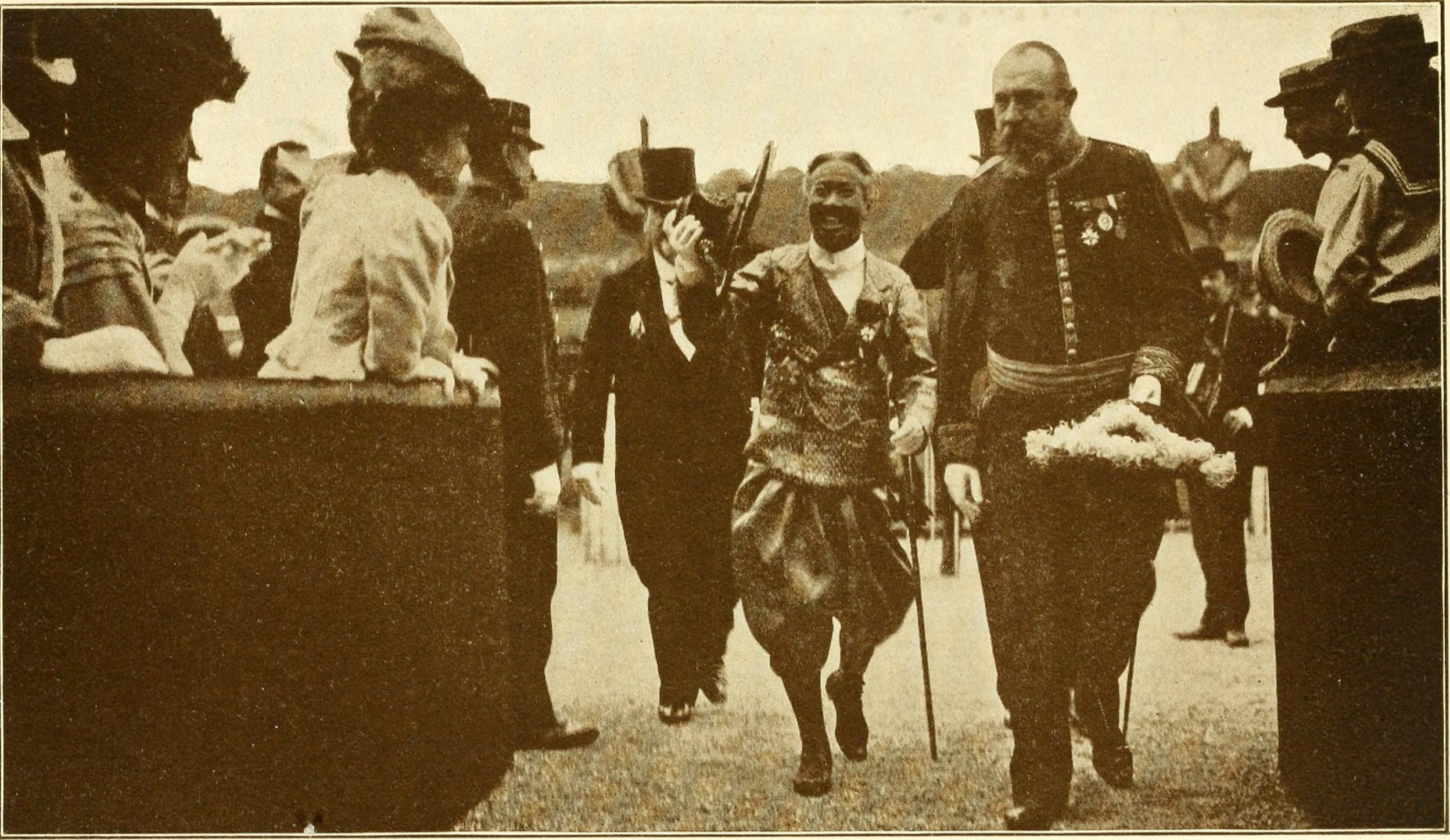|
Sra Peang
''Sra peang'' ( km, ស្រាពាង, ) is a rice wine stored in earthen pots and indigenous to several ethnic groups in Cambodia, in areas such as Mondulkiri or Ratanakiri. It is made of fermented glutinous rice mixed with several kinds of local herbs (including leaves and roots). The types and amount of herbs added differ according to ethnic group and region. This mixture is then put into a large earthenware jug, covered, and allowed to ferment for at least one month. The strength of this alcoholic beverage is typically 15 to 25 percent alcohol by volume. Nomenclature ''Sra peang'' is the Khmer name given to the wine rine mainly produced and consumed by the minority people in Northeast Cambodia and local names vary among the different indigenous groups both Mon-Khmer, such as the Brao people, Kachok people, Kravet people, Krung people, Lun people, Phnong people, Tampuan people, and Austranesian such as the Jarai people, Jarai, the Tai-Ladai and the Lao. History Angkor ... [...More Info...] [...Related Items...] OR: [Wikipedia] [Google] [Baidu] |
Bayon
The Bayon ( km, ប្រាសាទបាយ័ន, ) is a richly decorated Khmer temple related to Buddhism at Angkor in Cambodia. Built in the late 12th or early 13th century as the state temple of the King Jayavarman VII ( km, ព្រះបាទជ័យវរ្ម័នទី ៧), the Bayon stands at the centre of Jayavarman's capital, Angkor Thom ( km, អង្គរធំ).Higham, C., 2001, The Civilization of Angkor, London: Weidenfeld & Nicolson, , p.121Higham, C., 2014, Early Mainland Southeast Asia, Bangkok: River Books Co., Ltd., pp.378-382 The Bayon's most distinctive feature is the multitude (4 on each tower pointing to the 4 sides) of serene and smiling stone faces of Brahma on the many towers which jut out from the upper terrace and cluster around its central peak.Freeman and Jacques, p.78. The main conservatory body, the Japanese Government Team for the Safeguarding of Angkor (the JSA) has described the temple as "the most striking expression of the ba ... [...More Info...] [...Related Items...] OR: [Wikipedia] [Google] [Baidu] |
Bunong House
Bunong house (ផ្ទះឞូន៝ងពីបុរាណ) are circular straw houses built by the Bunong people in Cambodia and Vietnam. Description Structure: thatched grass roof and flattened bamboo walls The traditional Bunong house is built with almost no legs and has a thatched grass roof and flattened bamboo walls. The architecture is close to the conical '' Mbaru Niang'' house of ''rumah adat'' traditional houses built in any of the vernacular architecture styles of Indonesia, collectively belonging to the Austronesian architecture. If the habitat of the Bunong can be interpreted as a sign of their mindset, the single common room where the family gathers around the central fire of the Bunong house "speaks to the global and intimate as mutually constituted entities". Inner design: dark rooms and precious artefacts The traditional Bunong house has no windows and the main door is the only source of light. This results in a rather dark atmosphere inside the hou ... [...More Info...] [...Related Items...] OR: [Wikipedia] [Google] [Baidu] |
Marriage At Cana
The transformation of water into wine at the wedding at Cana (also called the marriage at Cana, wedding feast at Cana or marriage feast at Cana) is the first miracle attributed to Jesus in the Gospel of John. In the Gospel account, Jesus Christ, his mother and his disciples are invited to a wedding. When his mother notices that the wine has run out, Jesus delivers a sign of his divinity by turning water into wine at her request. The location of Cana has been subject to debate among biblical scholars and archaeologists; several villages in Galilee are possible candidates. The account is taken as evidence of Christ’s approval of marriage and earthly celebrations, and has also been used as an argument against teetotalism. Biblical account John 2:1–11 states that Jesus was at a wedding (''seudat nissuin'') in Cana with his disciples. Jesus' mother (unnamed in the Gospel of John) told Jesus, "They have no wine," and Jesus replied, "Woman, what concern is that to you and to me ... [...More Info...] [...Related Items...] OR: [Wikipedia] [Google] [Baidu] |
Catholic Church In Cambodia
The Catholic Church in Cambodia is part of the worldwide Catholic Church, under the spiritual leadership of the Pope in Rome. Throughout the Church's history in Cambodia, Catholics made up a small percentage of the country's population, and a majority of adherents have been ethnically Vietnamese; in 2005, around two-thirds of the total number of Catholics in Cambodia were Vietnamese. The Church in Cambodia was slow to develop during the 20th century, with the first native Cambodian priest being ordained in 1957, and was nearly destroyed by the Khmer Rouge's severe communist rule which banned the practice of religion. Beginning in the 1990s, the institution was gradually rebuilt with the reestablishment of a major seminary and the first ordination of a native priest in decades. History Early presence The first known Christian mission in Cambodia was undertaken by Gaspar da Cruz, a Portuguese member of the Dominican Order, in 1555–1556. According to his own account, the enterpr ... [...More Info...] [...Related Items...] OR: [Wikipedia] [Google] [Baidu] |
Christian And Missionary Alliance
The Alliance World Fellowship is the international governing body of the Christian and Missionary Alliance (The Alliance, also C&MA and CMA). The Alliance is an evangelical Protestant denomination within the Higher Life movement of Christianity, teaching a modified form of Keswickian theology. The headquarters is in São Paulo, Brazil. History The Alliance has its origins in two organizations founded by Albert Benjamin Simpson in 1887 in Old Orchard Beach, Maine, in the United States, The Christian Alliance, which concentrated on domestic missions, and The Evangelical Missionary Alliance, which focused on overseas missions. These two organizations merged in 1897 to form the Christian and Missionary Alliance.Randall Herbert Balmer, ''Encyclopedia of Evangelicalism: Revised and expanded edition'', Baylor University Press, USA, 2004, p. 156 The ''Missionary Training Institute'' (now Alliance Theological Seminary), founded in 1882 by Simpson in Nyack, near New York, contributed ... [...More Info...] [...Related Items...] OR: [Wikipedia] [Google] [Baidu] |
Catholic Missionary Drinking From A Wine Jar
The Catholic Church, also known as the Roman Catholic Church, is the largest Christian church, with 1.3 billion baptized Catholics worldwide . It is among the world's oldest and largest international institutions, and has played a prominent role in the history and development of Western civilization.O'Collins, p. v (preface). The church consists of 24 ''sui iuris'' churches, including the Latin Church and 23 Eastern Catholic Churches, which comprise almost 3,500 dioceses and eparchies located around the world. The pope, who is the bishop of Rome, is the chief pastor of the church. The bishopric of Rome, known as the Holy See, is the central governing authority of the church. The administrative body of the Holy See, the Roman Curia, has its principal offices in Vatican City, a small enclave of the Italian city of Rome, of which the pope is head of state. The core beliefs of Catholicism are found in the Nicene Creed. The Catholic Church teaches that it is the one, ... [...More Info...] [...Related Items...] OR: [Wikipedia] [Google] [Baidu] |
Literati
Literati may refer to: *Intellectuals or those who love, read, and comment on literature *The scholar-official or ''literati'' of imperial/medieval China **Literati painting, also known as the southern school of painting, developed by Chinese literati **The ''literati style'' of bonsai, consisting of thin, elegant trees in the calligraphic style of literati painting **Confucianism, known as the school of literati *The game ''Literati'', a variant of ''Scrabble'' developed by Yahoo! Games *Literati (book club) Literati is an Austin-based children's book club and subscription service. The company sends monthly boxes to subscribers, with books organized by age and reading level. Literati was co-founded in 2016 by CEO Jessica Ewing. History Literati ..., children's book club {{Disambig ... [...More Info...] [...Related Items...] OR: [Wikipedia] [Google] [Baidu] |
French Protectorate Of Cambodia
The French protectorate of Cambodia ( km, ប្រទេសកម្ពុជាក្រោមអាណាព្យាបាលបារាំង; french: Protectorat français du Cambodge) refers to the Kingdom of Cambodia when it was a French protectorate within French Indochina, a collection of Southeast Asian protectorates within the French Colonial Empire. The protectorate was established in 1863 when the Cambodian King Norodom requested the establishment of a French protectorate over his country, meanwhile Siam (modern Thailand) renounced suzerainty over Cambodia and officially recognised the French protectorate on Cambodia. Cambodia was integrated into the French Indochina union in 1887 along with the French colonies and protectorates in Vietnam (Cochinchina, Annam and Tonkin). In 1946, Cambodia was granted self-rule within the French Union and had its protectorate status abolished in 1949. Cambodia later gained its independence. The day was celebrated as independen ... [...More Info...] [...Related Items...] OR: [Wikipedia] [Google] [Baidu] |
French Colonial Empire
The French colonial empire () comprised the overseas colonies, protectorates and mandate territories that came under French rule from the 16th century onward. A distinction is generally made between the "First French Colonial Empire", that existed until 1814, by which time most of it had been lost or sold, and the "Second French Colonial Empire", which began with the conquest of Algiers in 1830. At its apex between the two world wars, the second French colonial empire was the second-largest colonial empire in the world behind the British Empire. France began to establish colonies in North America, the Caribbean and India in the 17th century but lost most of its possessions following its defeat in the Seven Years' War. The North American possessions were lost to Britain and Spain but the latter returned Louisiana (New France) to France in 1800. The territory was then sold to the United States in 1803. France rebuilt a new empire mostly after 1850, concentrating chiefly in Afri ... [...More Info...] [...Related Items...] OR: [Wikipedia] [Google] [Baidu] |
The Phnom Penh Post
''The Phnom Penh Post'' ( km, ភ្នំពេញប៉ុស្តិ៍, ) is a daily English-language newspaper published in Phnom Penh, Cambodia. Founded in 1992 by publisher Michael Hayes and Kathleen O'Keefe, it is Cambodia's oldest English-language newspaper. The paper was initially published fortnightly as a full-color tabloid; in 2008 it increased frequency to daily publication and redesigned the format as a Berliner. ''The Phnom Penh Post'' is also available in Khmer. It previously published a weekend magazine, 7Days, in its Friday edition. Since July 2014, it has published a weekly edition on Saturdays called ''Post Weekend'', which was folded into the paper as a Friday supplement in 2017 and was discontinued in 2018. It has a staff of Cambodian and foreign journalists covering national news. The newspaper includes specific business, lifestyle and sports sections, and also prints a "Police Blotter", which has items related to crime translated from local Khmer-la ... [...More Info...] [...Related Items...] OR: [Wikipedia] [Google] [Baidu] |





.jpg)
